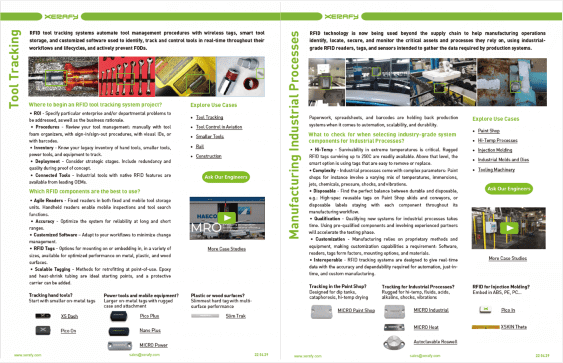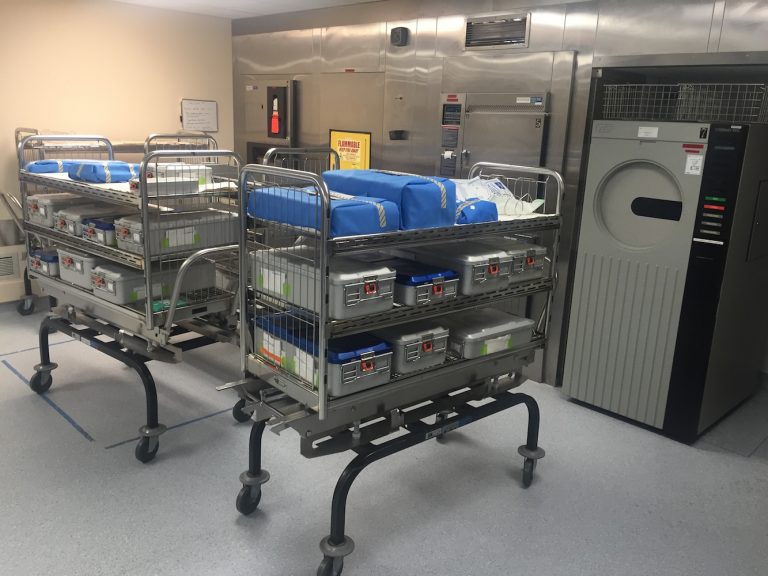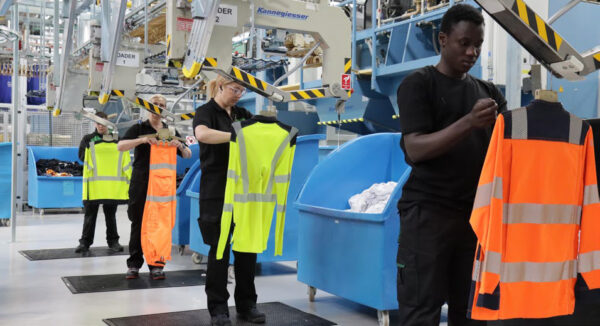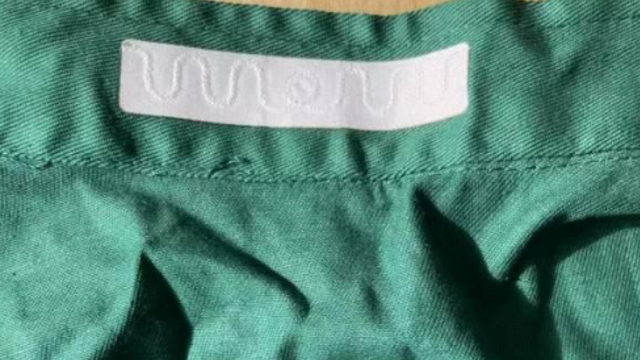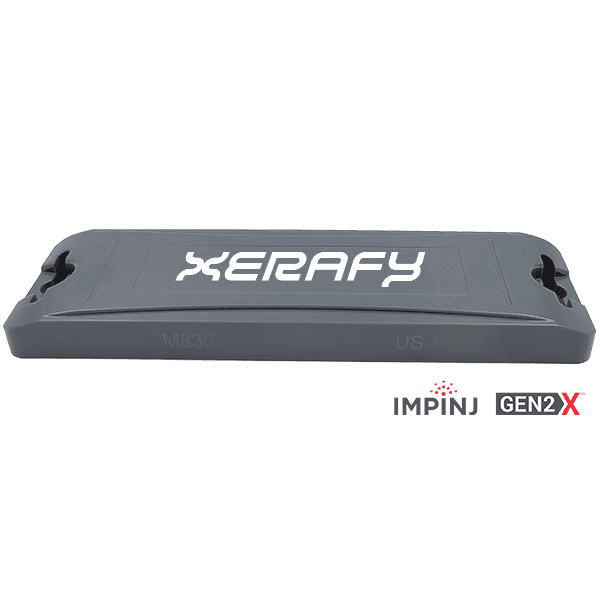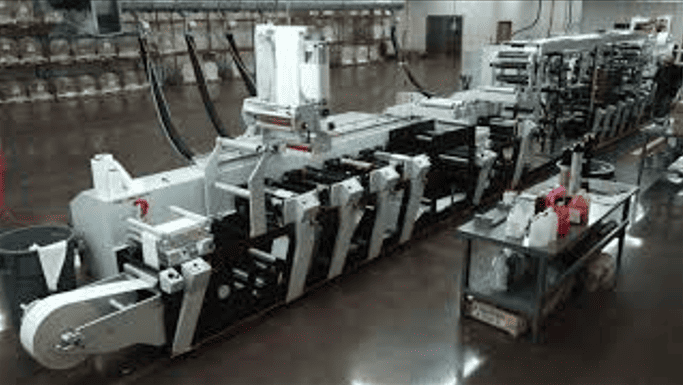IoT-enabled hospital asset tracking systems are essential for improving operational efficiency and minimizing disruptions caused by misplaced or underutilized equipment. These systems, particularly those leveraging RFID technology, offer real-time visibility, reduce search times, and ensure maintenance schedules are adhered to, ultimately enhancing patient safety and clinical workflows.
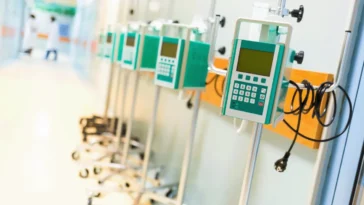
Effective hospital asset tracking systems target the mobile equipment most essential to patient care and operations. These assets are often critical, frequently moved, or at risk of being misplaced:
Frequently Used Devices: Portable monitors, infusion pumps, and wheelchairs, which are vital for bedside care and mobility support.
Critical Medical Devices: Equipment such as ventilators and ECG machines, requiring timely maintenance to ensure operational readiness.
High-Value Equipment: Cost-intensive assets like diagnostic tools and imaging devices, which are expensive to replace and crucial for medical procedures.
Reusable and Sensitive Assets: Items such as isolation carts and portable diagnostic kits that must remain contamination-free and ready for immediate use.
Xerafy’s engineering team, with deep expertise in hospital asset tracking and RFID in healthcare, has applied RFID solutions to medical equipment at points of care, inventory tracking, and even surgical applications.
Key Challenges in Hospital Asset Management
Hospitals face numerous challenges in managing medical assets effectively. Without effective tracking systems in place, these challenges directly impact operational efficiency and patient care quality:
Time Wasted Locating Equipment: Staff spend an average of 30–60 minutes per shift looking for medical equipment, with some research indicating up to 72 minutes daily. This delays care and adds unnecessary strain to clinical teams.
Loss and Misplacement of Equipment: Mobile assets, such as infusion pumps and wheelchairs, often go missing. On average, 20% of hospital assets are lost or stolen during their lifecycle, incurring a cost of $3,000 per item (Source: AMR).

- Maintenance and Compliance Gaps: Devices that are not serviced on time risk breakdowns, non-compliance with safety standards, and compromised patient outcomes.
Budget Optimization Challenges: Without insights into utilization patterns, hospitals over-purchase or underutilize equipment, straining budgets and increasing operational inefficiencies.
RTLS in Healthcare: Matching Technology to Needs
Hospitals can leverage IoT-enabled Real-Time Location Systems (RTLS) to address these challenges by providing real-time insights, automation, and enhanced visibility into asset management. Here’s an overview of the available technologies and their applications:
Barcodes: A manual but inexpensive method, barcodes lack automation and are prone to errors, making them less reliable for critical hospital operations.
Passive RFID: Widespread, cost-effective, and standardized, RFID is ideal for environments requiring minimal infrastructure upgrades. It offers reliable tracking for medical equipment and can integrate seamlessly with hospital workflows.
Active RFID Tracking: These systems provide precise tracking and room-level accuracy but require significant investment in infrastructure and ongoing maintenance.
BLE: BLE solutions can leverage existing mobile devices like smartphones and offer very long ranges, but come with higher costs for BLE tracking devices and maintenance.
Hospitals can achieve cost-effective room-level accuracy without heavy infrastructure investments by making best use of their existing technology infrastructure, and strategically deploying tracking devices.
Selecting the right healthcare asset management software
Effective asset tracking in hospitals requires a comprehensive system where software plays a pivotal role. Options include:
Healthcare-Specific Providers: Leading providers like Centrak and Cardinal Health offer specialist solutions tailored to hospital workflows and regulatory requirements, providing advanced tracking, reporting, and compliance features.
Technology Specialists: Providers like Zebra offer off-the-shelf software and RFID readers that are flexible, scalable, and standardized for cost-effective asset management.
Hospitals should evaluate solutions based on:
Integration with existing systems like EHRs, CMMS, and tracking technologies.
Usability for clinical and operational teams.
Scalability to accommodate future needs.
Total cost of ownership, including software, hardware, and maintenance expenses.
Standardized RFID Tags and Labels for Hospital Use
Selecting the right RFID tags and labels for hospital environments ensures durability and performance, even in stringent cleaning conditions:
Durability and Resistance: RFID tags in hospitals must withstand exposure to disinfectants, high temperatures, and hospital-grade washing without compromising functionality.
Asset Material Compatibility: For metal surfaces, opt for on-metal RFID tags that prevent signal interference. Tags designed for optimized adhesion and performance on plastics are also available.
Optimal Tag Positioning: Ensure tags have a clear line-of-sight for optimal read range and avoid covering them with metal objects.
Secure Mounting Options: Tag assets using adhesives, zip ties, hang ties, rivets, or screws to ensure stable and reliable mounting.
Unique Identification: Custom tags with serialized EPC encoding enable tracking of individual assets for precise inventory and location management.

Implementation Steps for IoT Asset Tracking
Hospitals can ensure a successful deployment of IoT-enabled asset tracking systems by following these steps:
Identify Key Assets: Prioritize high-impact assets such as infusion pumps, ventilators, and surgical tools for initial tagging.
Evaluate Technology Needs: Assess whether RFID, BLE, or a combination of technologies best suits the hospital layout and operational requirements.
Plan Integration: Ensure compatibility with existing systems, such as EHRs and CMMS, to create a seamless workflow.
Conduct a Pilot Program: Test the system on a smaller scale to evaluate its effectiveness and identify any challenges.
Train Teams: Provide training for clinical and operational staff to maximize system adoption and usage.
Scale Gradually: Expand the system to cover additional assets and departments over time.
By adopting IoT-enabled asset tracking, hospitals can resolve inefficiencies, minimize costs, and most importantly, empower clinicians to focus on patient care. With the right technology, healthcare providers can create a safer, more efficient, and patient-centered environment.
Xerafy is a pioneer in RFID for healthcare applications, bringing to market several innovations that enable advanced identification and automation capabilities.
In addition to a complete range of field-proven RFID tags available off-the-shelf, Xerafy offers Custom RFID Tags services, covering everything from a personalization service bureau to custom-design engineering capabilities.
